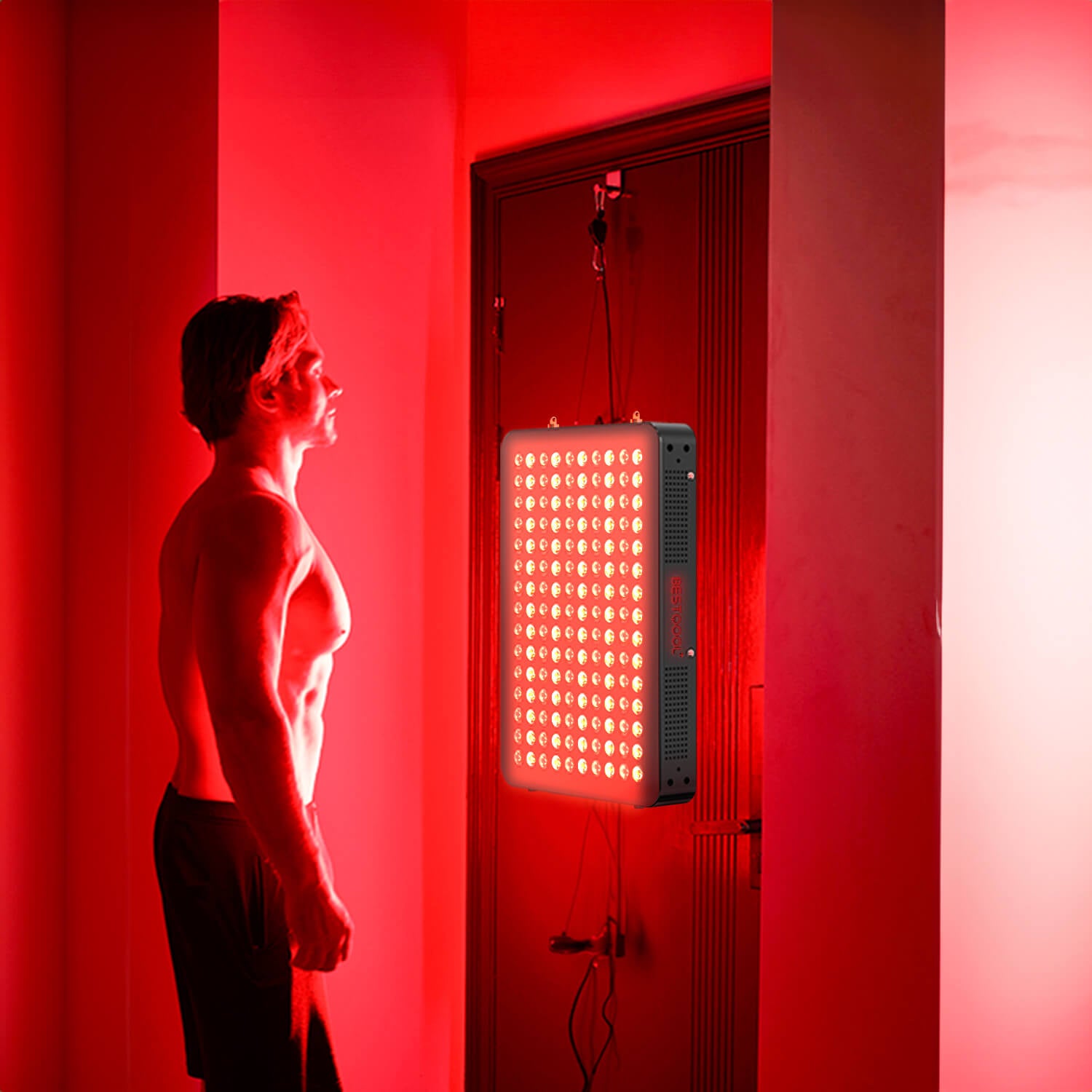Unlock the Secret to Radiant Skin: Discover the Best Entry-Level Red Light Therapy Devices!
Red light therapy has become a buzzword in skincare, capturing the attention of beauty enthusiasts and skincare professionals alike. This innovative treatment harnesses the power of specific wavelengths of light to improve skin health and appearance. For those new to the world of red light therapy, entry-level devices offer an accessible and affordable way to experience the benefits without a hefty investment. These devices are designed for individuals seeking effective skincare solutions from the comfort of their homes. In this article, we will guide you through the essentials of entry-level red light therapy products, helping you find and compare the best options available.

Understanding Red Light Therapy
Red light therapy (RLT) involves the use of low-level wavelengths of red light to penetrate the skin and stimulate various cellular processes. This form of therapy works by promoting the production of collagen, the protein that gives skin its elasticity and youthful appearance. Additionally, RLT is known to reduce inflammation and redness, making it a popular choice for individuals with skin conditions like acne or rosacea. The mechanism behind its effectiveness lies in the ability of red light to enhance mitochondrial function, leading to increased energy production in cells. As a result, users often report improved skin tone, texture, and vitality, making red light therapy a promising solution for those seeking radiant skin.
Key Features to Look for in Entry-Level Devices
When shopping for entry-level red light therapy devices, there are several key features to consider that can significantly impact the therapy's effectiveness. Firstly, the wavelength of the light is crucial; most effective devices operate within the range of 600 to 900 nanometers. This range is optimal for penetrating the skin and stimulating cellular activity. Secondly, consider the type of device—handheld devices offer portability and targeted treatment, while light panels provide broader coverage for larger areas. Ease of use is another important factor; look for devices that are user-friendly and require minimal setup. Lastly, pay attention to the recommended treatment time, as different devices may have varying protocols for achieving the best results. Each of these features plays a vital role in ensuring that you select the right device for your skincare needs.
Comparing Popular Entry-Level Devices
Entry-level red light therapy devices can be categorized into handheld devices, light panels, and masks, each with its unique pros and cons. Handheld devices are excellent for targeted treatment, allowing users to focus on specific areas like the face or neck. They are typically compact and easy to store, making them a great choice for those with limited space. However, their smaller treatment area may require longer sessions for full-face coverage. Light panels, on the other hand, provide a larger surface area and can treat multiple regions simultaneously. They are often more suitable for home use but may require more space. Masks are another popular option, designed to conform to the face, providing even light distribution. While they offer convenience and multitasking potential, some users find them less versatile for other body areas. Ultimately, the choice among these categories will depend on individual preferences, treatment goals, and lifestyle considerations.
User Experience and Effectiveness
Users of entry-level red light therapy devices typically report a variety of experiences based on their individual skin types and conditions. Most users are encouraged to establish a regular treatment schedule, often using the device every few days for optimal results. While some may notice visible improvements in skin texture and tone within a few weeks, others may take longer to experience significant changes. Anecdotal accounts from friends indicate that consistency is key; those who incorporate red light therapy into their routine see better and more sustained results over time. Common testimonials highlight benefits such as reduced redness, improved elasticity, and a more even complexion. It's important for new users to understand that results can vary, and patience is essential when embarking on this skincare journey.
Key Takeaways on Entry-Level Red Light Therapy
In summary, entry-level red light therapy devices present an exciting opportunity for individuals seeking to enhance their skincare regimen. By understanding the fundamentals of red light therapy, including its benefits and key features to look for in devices, you can make an informed decision when selecting the right product for your needs. Whether you opt for a handheld device, a light panel, or a mask, the potential for achieving radiant skin is within reach. As always, it's wise to consider your specific skincare goals and, if necessary, consult with a professional to ensure you're making the best choice for your skin health.











commentaires